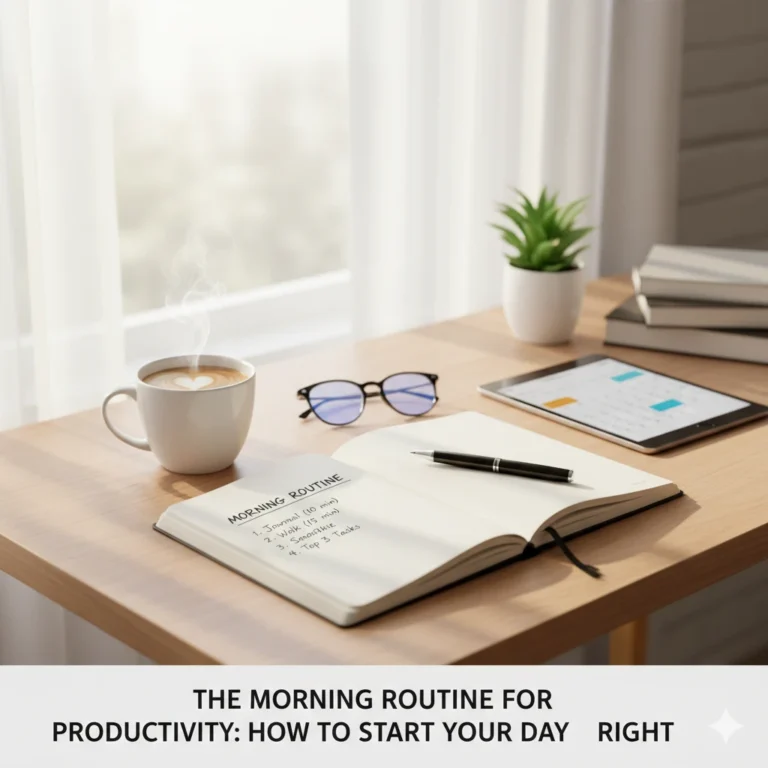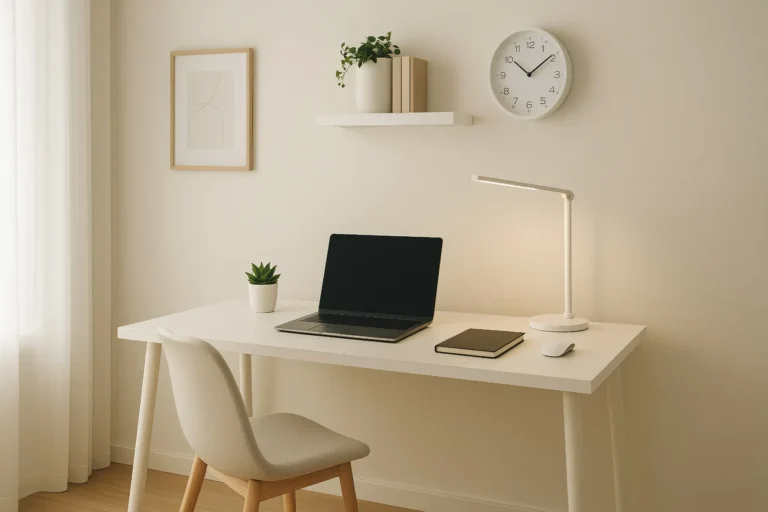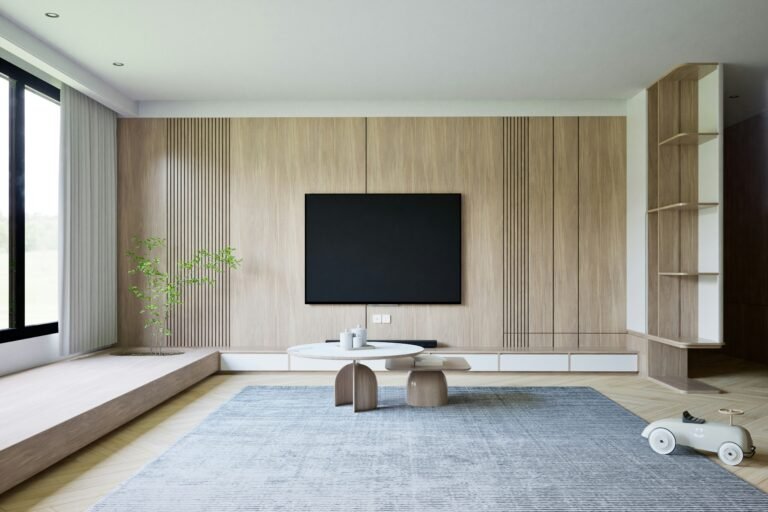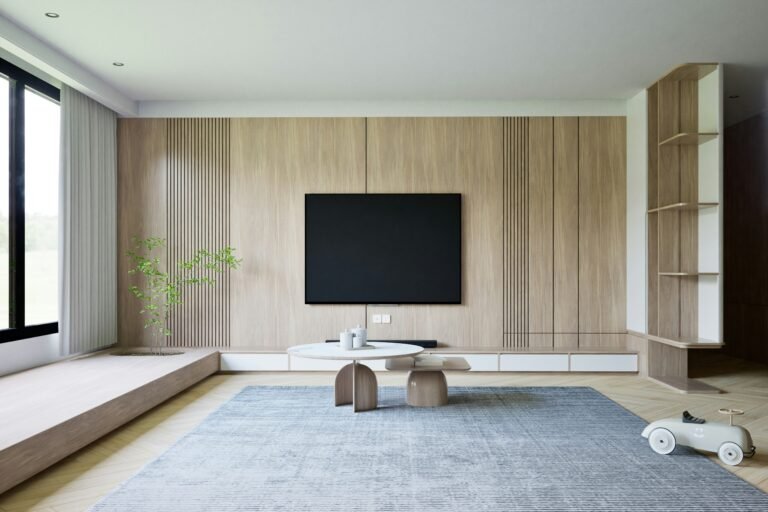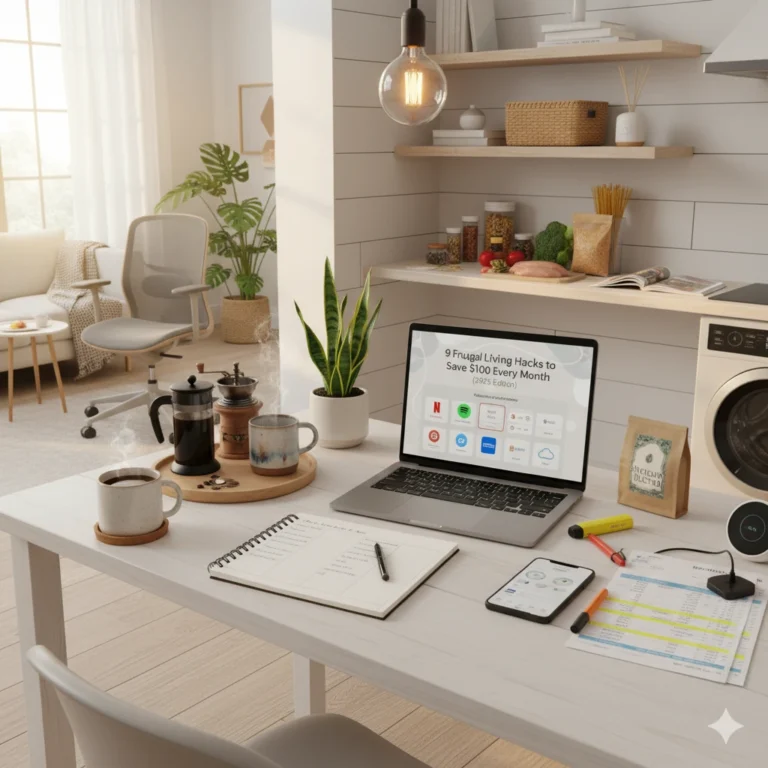Digital Minimalism: How to Declutter Your Online Life
Introduction: When Digital Clutter Took Over My Life
Two years ago, I thought I was productive. I had a full-time job, a side hustle, and my phone always in reach. Slack from colleagues, WhatsApp from family, emails from clients, and social feeds buzzed all day. I wore that busyness like a badge of honor.
Then one Sunday night, I checked my screen-time report. 29 hours in a single week. Nearly a part-time job’s worth of time had disappeared into scrolling. Worse than the number was how I felt—anxious, distracted, and empty.
That’s when I realized clutter wasn’t just in my closet or on my desk. It was in my phone too. Notifications, unused apps, and endless subscriptions weren’t helping me. They were controlling me.
The answer was digital minimalism. It doesn’t mean rejecting technology. It means learning how to declutter your online life so your tools serve you instead of the other way around.
Why Digital Minimalism Matters for Focus and Mental Health
We check our phones close to 100 times a day. Each glance feels small, but together they chip away at attention. For side hustlers or busy parents, those interruptions can add up to 20 hours a week—time that could be spent creating, resting, or connecting with family.
- Information overload keeps the brain running in circles.
- Social media burnout drains motivation before meaningful work begins.
- Financial waste hides in forgotten subscriptions, sometimes hundreds a year.
I remember mornings when I opened Instagram before breakfast. Within five minutes I had compared myself to strangers and already felt behind. That tiny choice shaped my entire day.
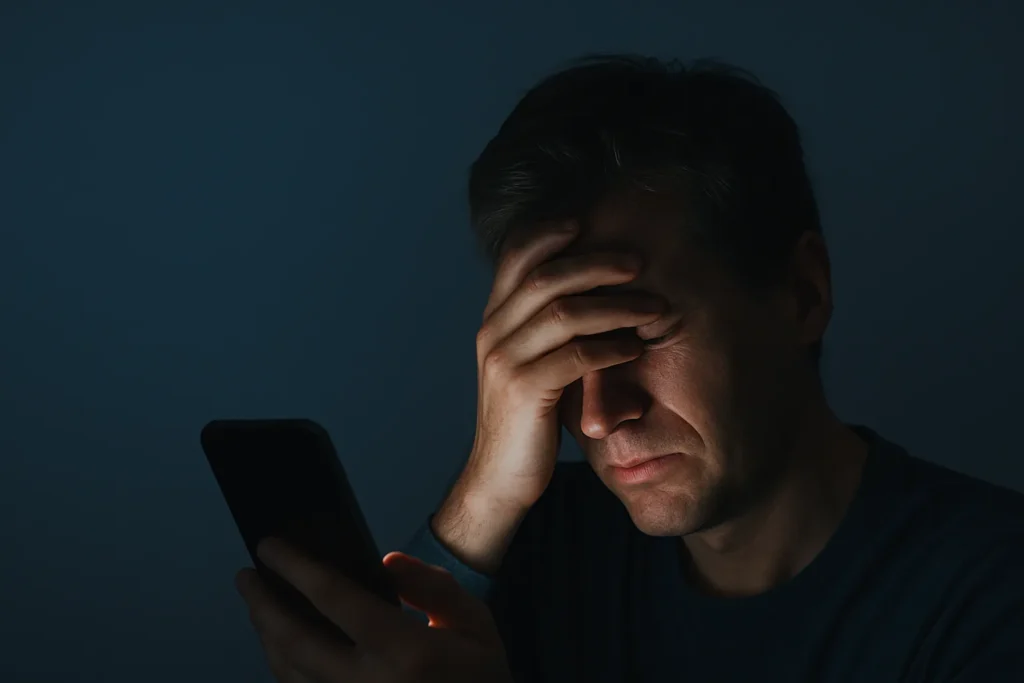
As I wrote in Minimalist Living: How Owning Less Saves You More, clutter—whether physical or digital—limits freedom. Research backs this up: Harvard Business Review found constant interruptions lower productivity by 40%. A Stanford study showed that heavy multitaskers not only lose focus but also struggle with memory retention.
Declutter Your Online Life in 60 Minutes
When I finally faced my phone, it felt like a junk drawer. Pages of apps I never opened, subscriptions I didn’t even remember, screenshots with no purpose.
So I wrote everything down and asked one question: Does this support my goals? If not, it was gone. In less than an hour, I deleted 40 apps, canceled 8 subscriptions, and saved $80 a month.
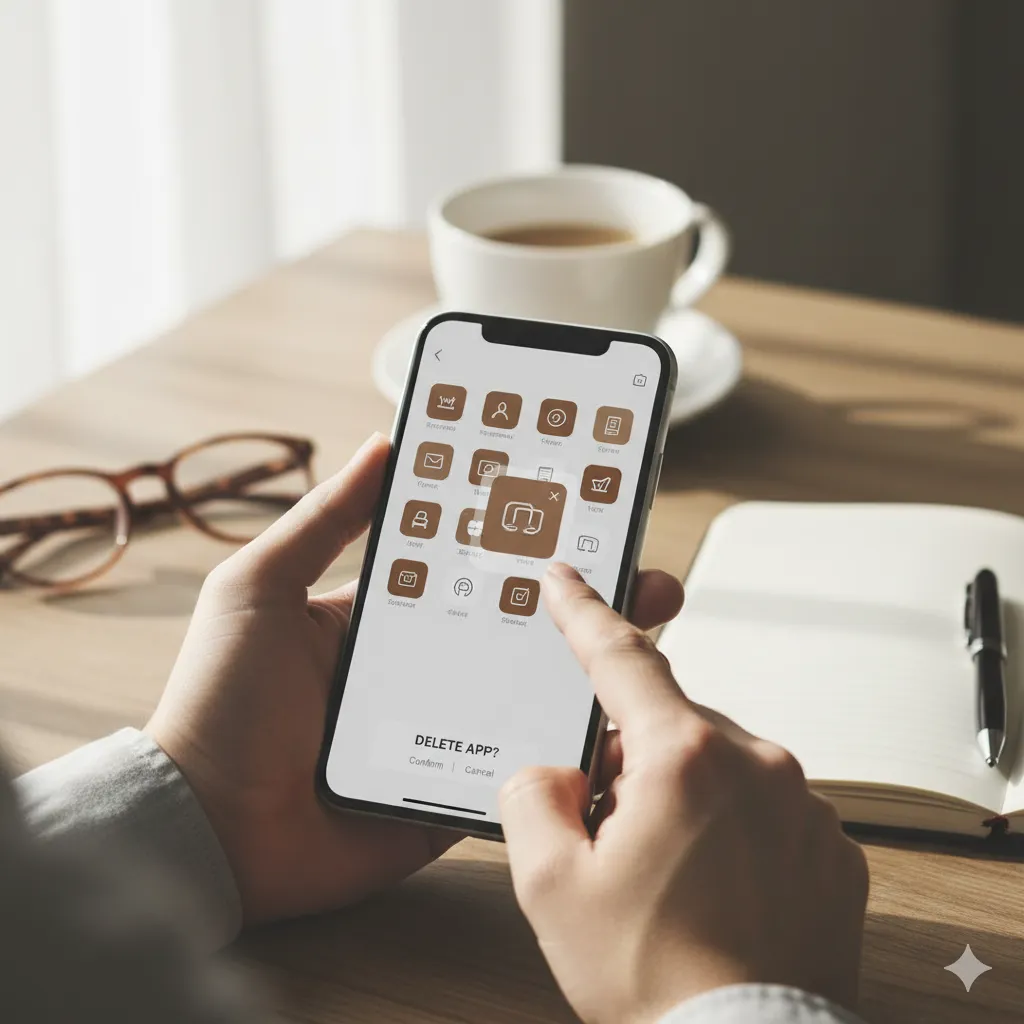
One moment sticks with me: hovering over a $4.99 subscription I’d had for years. “It’s so small,” I thought. But then I realized ten of those “small” charges added up to $1,200 a year. That made the decision easier.
Tip: Set a 15-minute timer. Delete ten apps or a hundred files. Momentum matters more than perfection.
Reduce Screen Time Without Losing What Matters
Clearing clutter was just the beginning. My next challenge was time. Telling myself “use the phone less” never worked. I needed limits I could actually keep.
So I cut back to six apps:
- Three for work—email, calendar, notes.
- Two for social—the ones that truly mattered.
- One for finance—a budget tracker.
Anna, a side hustler I know, used to spend five hours daily on Instagram and TikTok. After trimming down, she cut her use by half. That gave her 21 hours a week back—which she reinvested into her Etsy shop. Within a month, she was making $500 more.
My cousin, a college student, made a similar change. He deleted four of his six social apps before finals week. The first few days were hard; he kept reaching for apps that weren’t there. But by the second week, his focus deepened. His grades jumped, and he told me, “For the first time, I feel like I’m steering my day instead of drifting through it.”
Reducing screen time isn’t about deprivation. It’s about choosing what matters most.
👉 Related: Digital Tools Every Side Hustler Should Use to Save Time
Protect Focus When Notifications Won’t Quit
After cutting apps, I still battled constant buzzing. My phone felt like a slot machine, lighting up with every Slack, Messenger, and email.
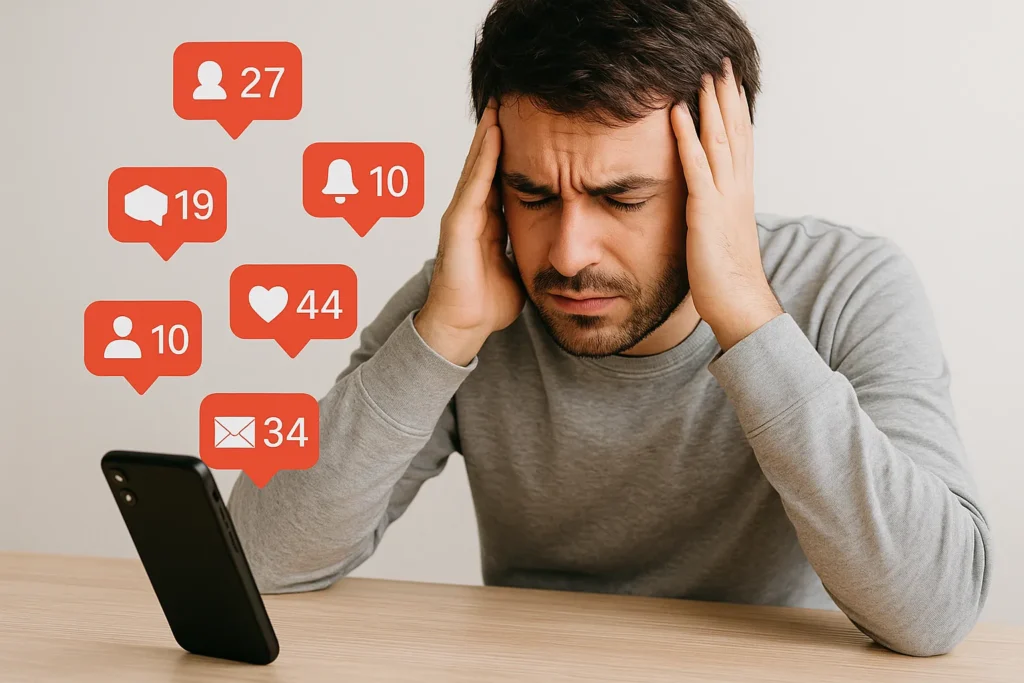
The fix was simple: silence everything but urgent calls, filter emails so promotions skip the inbox, and exit group chats that drained more than they gave.
The first day felt uncomfortable, like I might miss something important. But then I wrote for two hours straight without interruption. That deep focus reminded me why I had started in the first place.
👉 See also: The Morning Routine That Sets You Up for a Productive Day
A Gentle Digital Detox You Can Repeat
Even after simplifying, clutter crept back. That’s when I realized digital minimalism isn’t a one-time purge—it’s a rhythm.
Now I reset regularly: weekly I clear downloads, monthly I cancel one subscription, and quarterly I take a full digital detox—sign out, shut down, and spend a day offline.
The first time, I failed by noon. My hand kept reaching for my phone. The second time, I prepared: I told friends I’d be offline, scheduled a long walk, and picked up a book. By evening, I felt lighter than I had in months.

A friend with two children tried the same. She left her phone at home during a Saturday picnic. “I thought the kids would notice,” she told me, “but instead they noticed me. We laughed more that day than we had in weeks.”
A detox isn’t punishment. It’s renewal.
Set Guardrails You’ll Actually Keep
Digital minimalism doesn’t mean extremes. Guardrails help you use technology without letting it take over.
I set my phone to Do Not Disturb by default, with exceptions only for family and work. I made two no-phone zones: my bedroom and the dinner table.
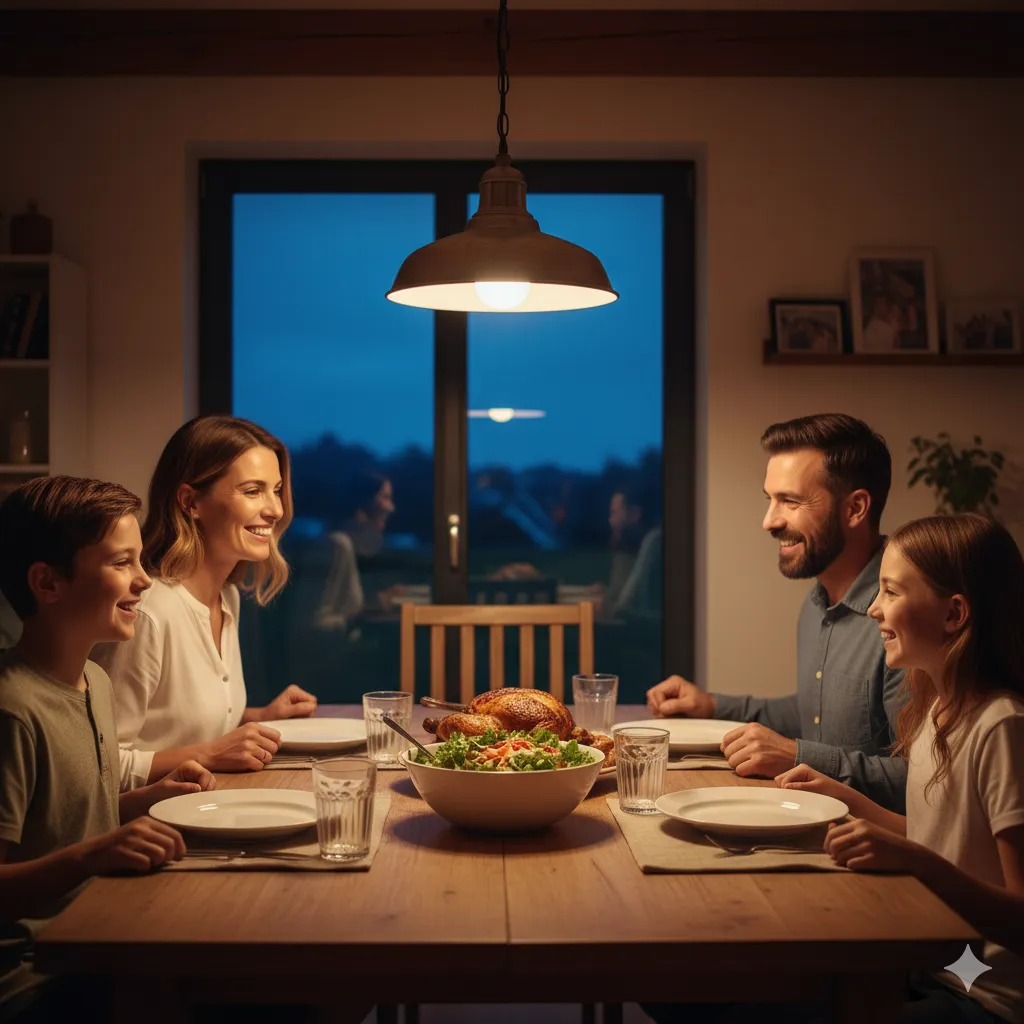
At first, I slipped. I caught myself scrolling at the dinner table one night. My partner gave me a look—not angry, just disappointed. That moment hit harder than any notification. Since then, meals have been tech-free, and our conversations deeper.
The Center for Humane Technology teaches the same: replace mindless scrolls with intentional actions.
Fewer Tools, Better Results
I used to chase the perfect app for everything—productivity, habits, notes. Ironically, the more tools I had, the less I got done.
Now I use just: one calendar, one to-do list with three priorities, one notes app, and one cloud storage organized by project.
When I cut down, I worked faster and felt calmer. That’s the paradox of digital minimalism—less technology often creates more results.
Simplicity creates clarity.
The Payoff: Real ROI of Digital Minimalism
Decluttering your online life creates tangible results:
- Focus boost: multitasking cuts productivity by 40% (Stanford).
- Mental health: less screen time improves sleep and mood.
- Financial clarity: canceling unused subscriptions saves $500+ a year.
- Side hustle growth: even five reclaimed hours weekly can build income.
I saw this myself. With fewer interruptions, I wrote faster, had energy left for my side hustle, and put saved money into an emergency fund. My cousin saw his grades rise. My friend enjoyed more time with her kids. These outcomes proved that small digital choices ripple into real-life gains.
Digital minimalism pays back in time, money, and peace.
Pitfalls and How to Avoid Them
Even with the best intentions, traps remain:
- All-or-nothing thinking: progress matters more than perfection.
- Re-clutter creep: new apps sneak in—schedule resets.
- Platform swaps: replacing TikTok with Shorts isn’t progress. Replace scrolling with walking.
And beware: some “productivity apps” promise efficiency but deliver dashboards without results. If it doesn’t save time in a week, let it go.

Conclusion: A 7-Day Digital Detox Reset
Digital minimalism is about intention, not rejection. Every app, alert, and subscription should earn its place.
Try this 7-day reset:
- Day 1: Delete 3 unused apps
- Day 2: Unsubscribe from 20 emails
- Day 3: Cancel 1 subscription
- Day 4: Turn off social notifications
- Day 5: Create 1 phone-free zone
- Day 6: Spend 2 hours offline
- Day 7: Review and reset
One week from now, your phone will feel lighter, your evenings quieter, and your attention sharper. You’ll notice fewer reflex checks, deeper conversations with family, and less social media burnout. That’s the quiet reward of digital minimalism—not emptiness, but space. Space for work that matters, for people you love, and for rest you’ve been missing.
👉 If this guide resonated, bookmark it for later and share it with someone who’s also feeling the weight of digital clutter. For your next step, read Time Management Tips for Side Hustlers with a Full-Time Job and pair it with your own digital reset.

